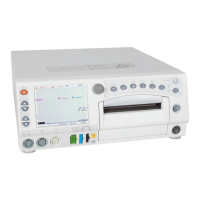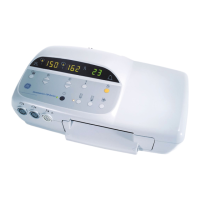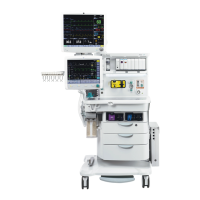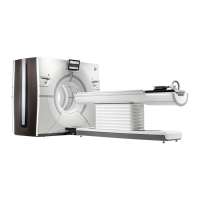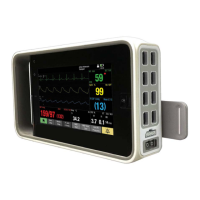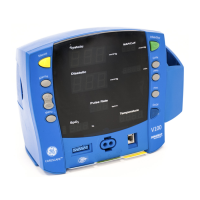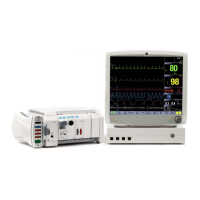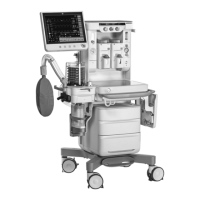Revision C 250cx Series Maternal/Fetal Monitor C-3
2036946-001
Spectra Alerts: Important Safety Information
Important Safety Information
IMPORTANT
INSTRUCTIONS FOR USE—It is mandatory that you read this
chapter prior to operating a 250cx Series Monitor with the Spectra
Alerts feature enabled. Keep this manual available for future
reference and for the orientation of new personnel.
The Spectra Alerts option is designed to assist the perinatal staff in assessing the
status of a patient at the bedside by recognizing normal and abnormal FHR and UA
pattern features. The system does not replace observation and evaluation of the
mother and fetus at regular intervals, by a qualified care provider, who will make
diagnoses and decide on treatments or interventions. The user should determine the
status of the patient at regular intervals (see “Standards for Obstetric-Gynecologic
Services”, 7th edition, Washington, D.C., ACOG, 1989) by visual assessment of the
fetal monitor tracing at the bedside and evaluation of maternal vital signs and
progress in labor. The absence of an alert does not indicate fetal or maternal well-
being.
The alert message and priority level are only a means to direct the staff’s attention to
the patient, since more than one parameter may be contributing to the alert
condition. Visual assessment of the strip chart, combined with knowledge of patient
history and risk factors are necessary to manage the situation appropriately.
The alert system will not detect every possible abnormality and cannot detect
abnormalities that have not been clinically recognized and described in the
literature. Frequent assessment of the fetal monitor tracing is necessary to ensure
recognition of unusual, undefined, or suspicious patterns.
The care provider should only make the “diagnosis” of abnormal fetal heart rate
patterns by personal assessment of the fetal monitor tracing from the bedside fetal
monitor, not the alert message. The monitor requires data of a consistently good
quality to recognize abnormalities. Artifact will limit its ability to recognize
abnormalities. Increased variability, long and frequent accelerations, baseline
changes, half-counting or double-counting, and poor or absent uterine activity are
examples of factors which may limit detection capabilities.

